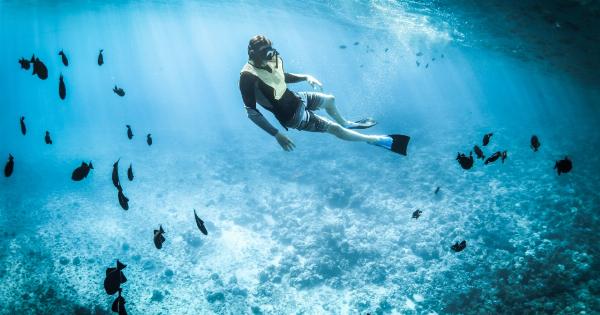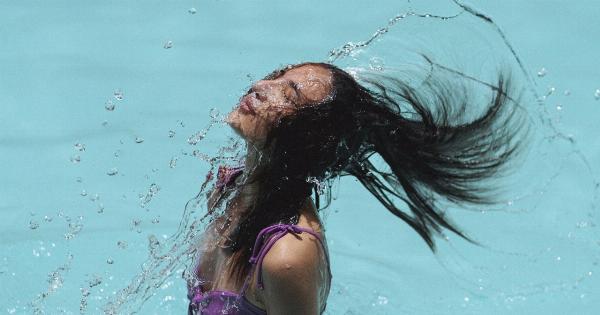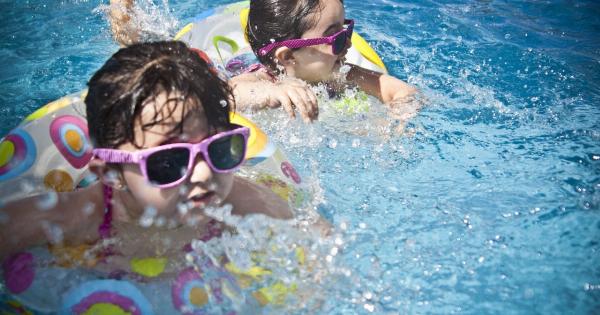Drowning is a major cause of death for children, and autistic children are at a greater risk of drowning than their peers.
A study published in the Archives of Pediatric Medicine found that children with autism are 160 times more likely to drown than typically developing children. Researchers believe that several factors contribute to the increased risk, including sensory issues and impulsivity.
What is Autism?
Autism, or autism spectrum disorder (ASD), is a neurodevelopmental disorder that affects communication and social interaction. It is a spectrum disorder, which means that the severity of symptoms can vary widely from person to person.
Common symptoms of autism include difficulty with verbal and nonverbal communication, difficulty with social interaction, and repetitive behaviors or interests.
Sensory Issues and Drowning Risk
One of the reasons that autistic children are at a greater risk of drowning is sensory issues. Many children with autism have sensory processing issues, which affect how they perceive and respond to sensory information.
This includes information from their environment, such as touch, sound, and light.
For some autistic children, the sensation of water can be overwhelming, making it difficult for them to stay afloat and swim. They may struggle with the sensation of water on their skin, or the sound of water splashing around them.
Autistic children may also be more sensitive to the cold temperature of water, which can make swimming uncomfortable or even painful. These sensory issues can make it challenging for autistic children to learn to swim and stay safe around water.
Impulsivity and Risk-Taking Behavior
Another factor that can increase the risk of drowning for autistic children is impulsivity. Many children with autism struggle with impulse control and have difficulty understanding the consequences of their actions.
They may not understand that jumping into a pool without supervision or venturing too far into the water can be dangerous.
In addition, autistic children may engage in risk-taking behavior, such as running near the edge of a pool or playing near open water. This behavior can increase the likelihood of accidents and injuries, including drowning.
Preventing Drowning in Autistic Children
There are several steps that parents and caregivers can take to help prevent drowning in autistic children. These include:.
- Supervision: Always supervise children with autism around water, even if they are strong swimmers. This means having a responsible adult within arm’s reach at all times.
- Swimming lessons: Consider enrolling your child with autism in swimming lessons. A qualified instructor can help your child learn to swim and become comfortable in the water.
- Swim aids: Consider using swim aids, such as life jackets or floatation devices, when your child is in or around water.
- Safety barriers: Install safety barriers, such as fences and alarms, around pools and other bodies of water to prevent unsupervised access.
- Social stories: Use social stories or visual aids to help your child understand the rules and expectations around water safety.
Conclusion
Autistic children are at a greater risk of drowning than their peers, due to sensory issues and impulsivity.
Parents and caregivers can take steps to help prevent drowning in autistic children, including supervision, swimming lessons, swim aids, safety barriers, and social stories. By working together, we can help keep all children safe around water.































